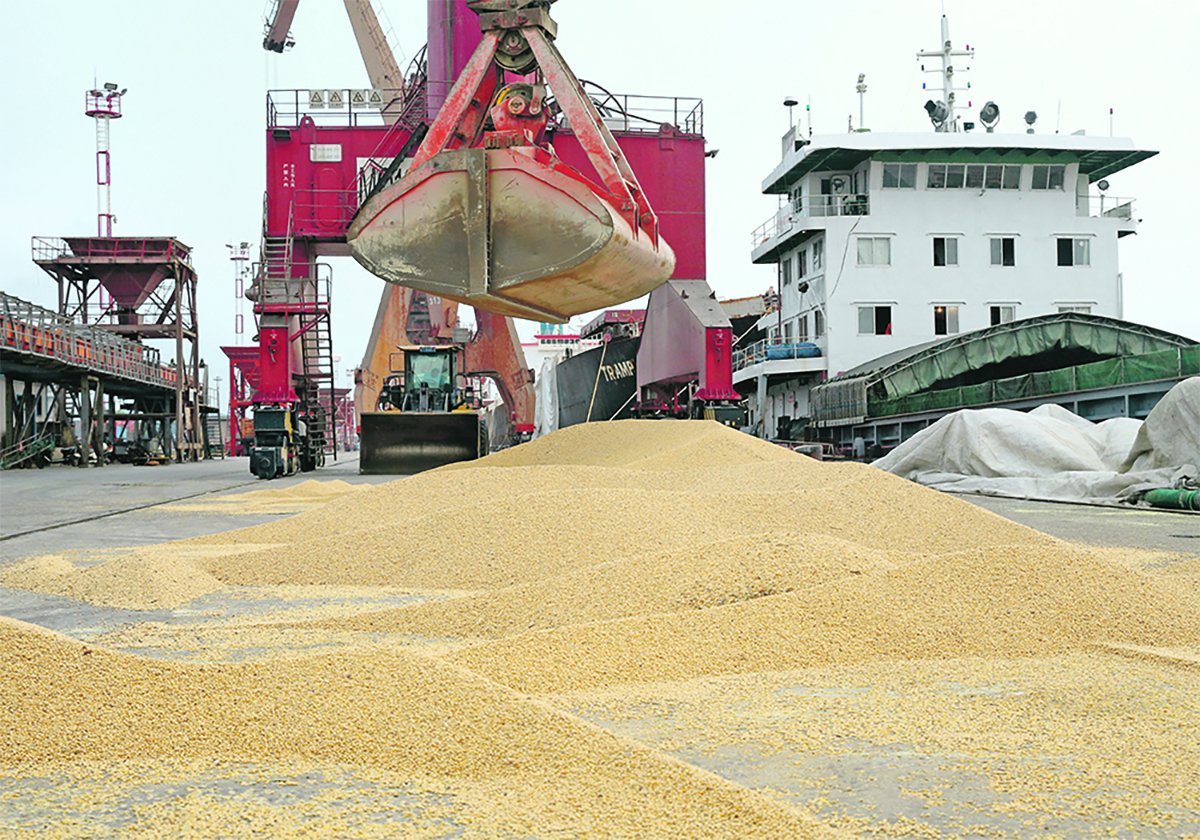What should Canadian agriculture expect from a Donald Trump presidency? There’s no shortage of opinions and analysis. Here’s what seems the most plausible.
While the transition to Trump won’t officially happen until his inauguration on Jan. 20, many details of his intentions will be telegraphed in advance. As well, the team around him will become increasingly clear.
Trump will come into office knowing how government works. As a newbie 45th president, the legislative process was a steep learning curve. As 47th president, he’ll know the system and will be able to move more quickly on priority initiatives.
Read Also

U.S. soy subsidies will cause lasting damage to industry
Nothing illustrates the demise of world trade agreements more than the recent dispute between the United States and China.
Watch for whatever role Robert Kennedy Jr. plays. Kennedy withdrew from the presidential race and threw his support behind Trump. Kennedy has extreme anti-science beliefs when it comes to agriculture and food nutrition. It’s hard to believe he’ll be given a great deal of credence in Trump’s inner circle, but it’s something to monitor.
While Trump gained electoral support across the United States and in most demographics, his support in rural America and among farmers and ranchers is rock solid. However, as some analysts point out, he’ll no longer need to curry favour with the next election in mind.
American farmers have seen dramatic farm income reductions in the past several years. In his first term, Trump provided huge levels of support to farmers as compensation for Chinese backlash to his trade policies.
This time around, he seems to have even more love for trade tariffs. In fact, they are central to his economic agenda. That could again harm agricultural trade, but some speculate his farm compensation may not be as generous.
Americans voted for his promises of increased prosperity. Time will tell if that can be achieved with protectionist policies.
Trade wars and their fallout should be a major worry on this side of the border. We’re already seeing it from the Chinese as they “investigate” Canadian canola on dumping charges. The Chinese action is the direct result of Canada following the American lead with huge tariffs on Chinese electric vehicles.
While Canada won’t always be obliged to follow the U.S. lead, we could still be caught in the crossfire of trade wars. Plus, we may not get favoured access into the U.S. marketplace, and it is our biggest customer.
The scheduled review of the United States-Mexico-Canada Agreement in 2026 will almost certainly turn into a renegotiation, which could drag on for ages. In the end, a renewed agreement may not be possible.
Trump’s approach to renewable fuel will have major implications on this side of the border. Nearly 40 per cent of the American corn crop has long been used for ethanol production and that’s unlikely to see any dramatic changes. Renewable diesel and sustainable aviation fuel are bigger questions.
Right now, used cooking oil imported from China is displacing American soybean oil in the renewable fuel market. Some contend that a great deal of the foreign product is palm oil and not used oil at all.
Canadian canola oil could be caught up in any restrictions the U.S. decides to impose. You can bet the companies planning new canola crush facilities are watching closely.
Meanwhile, Trump has promised to expel millions of illegal immigrants while ending the wars in Ukraine and the Middle East. These are big promises that will have wide-ranging ramifications.
For agriculture in this country, expect volatility and unpredictability as President Trump pushes ahead with his agenda.
Kevin Hursh is an agricultural journalist, consultant and farmer. He can be reached by e-mail at kevin@hursh.ca.
















